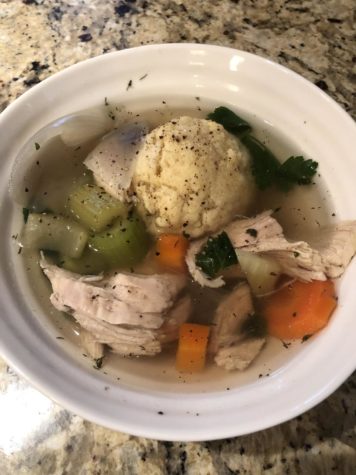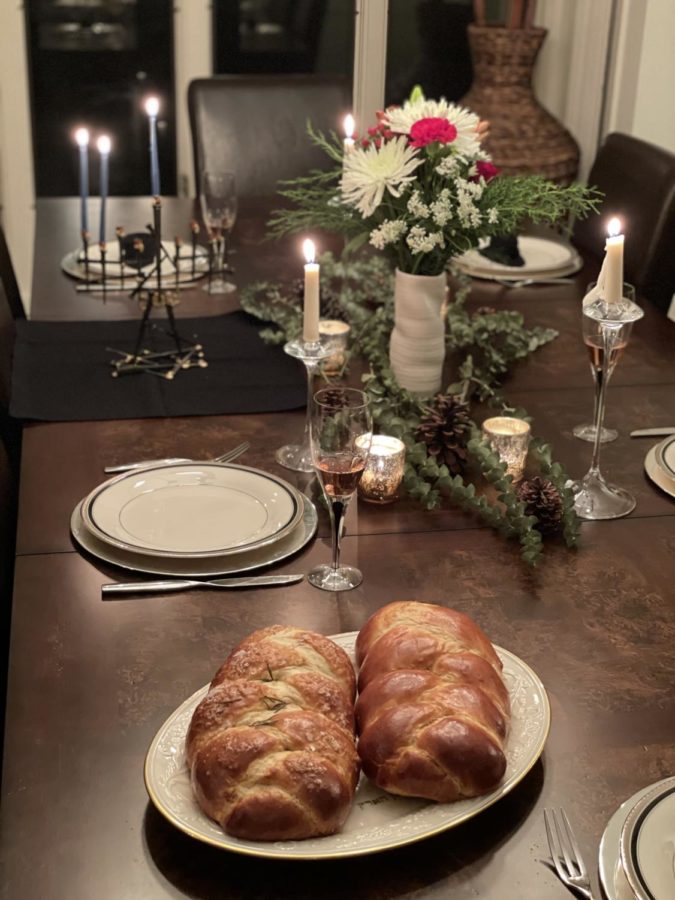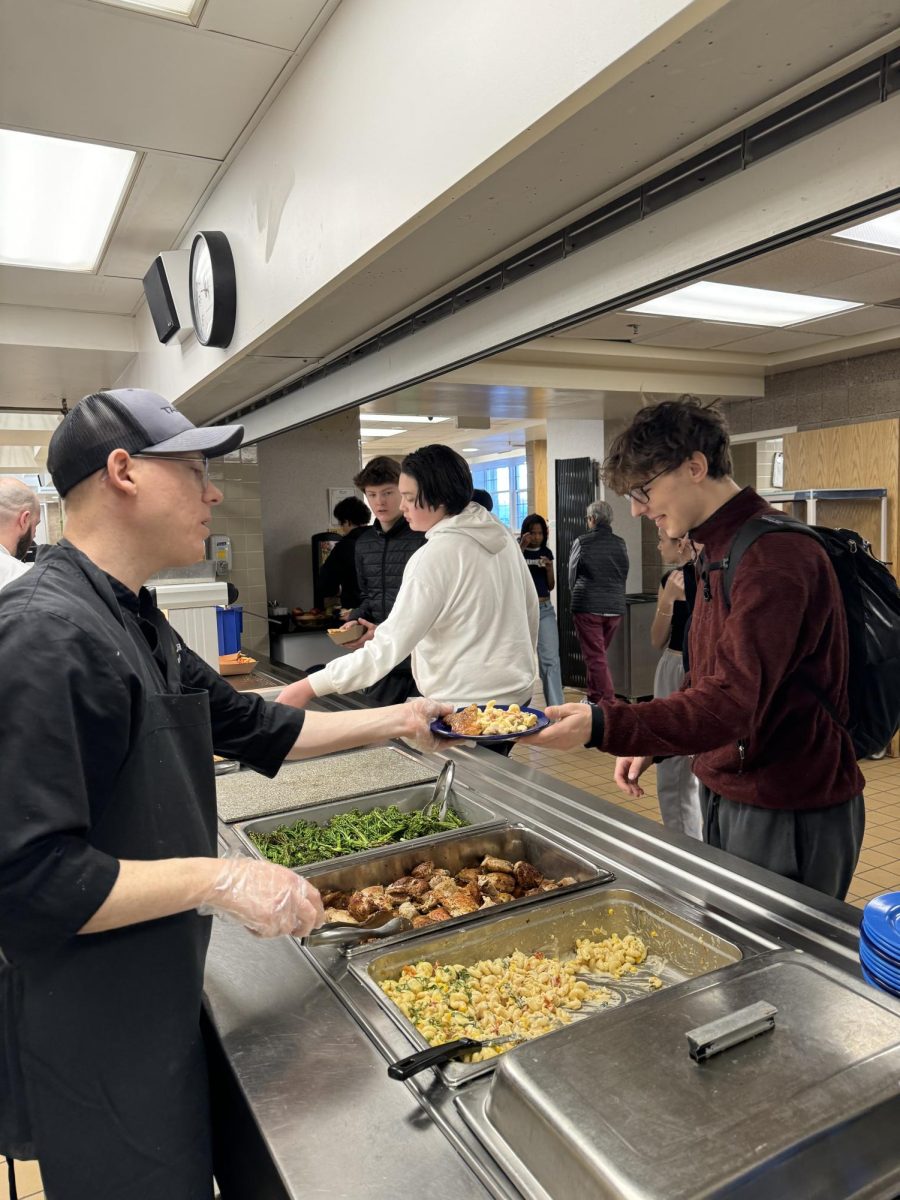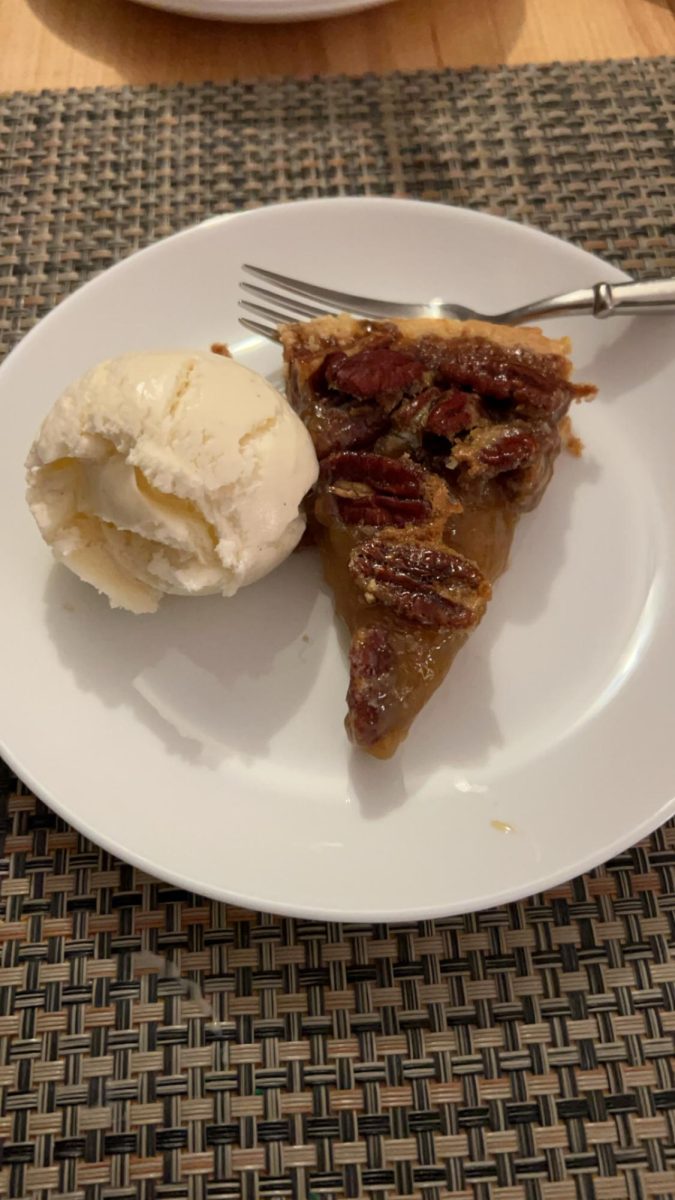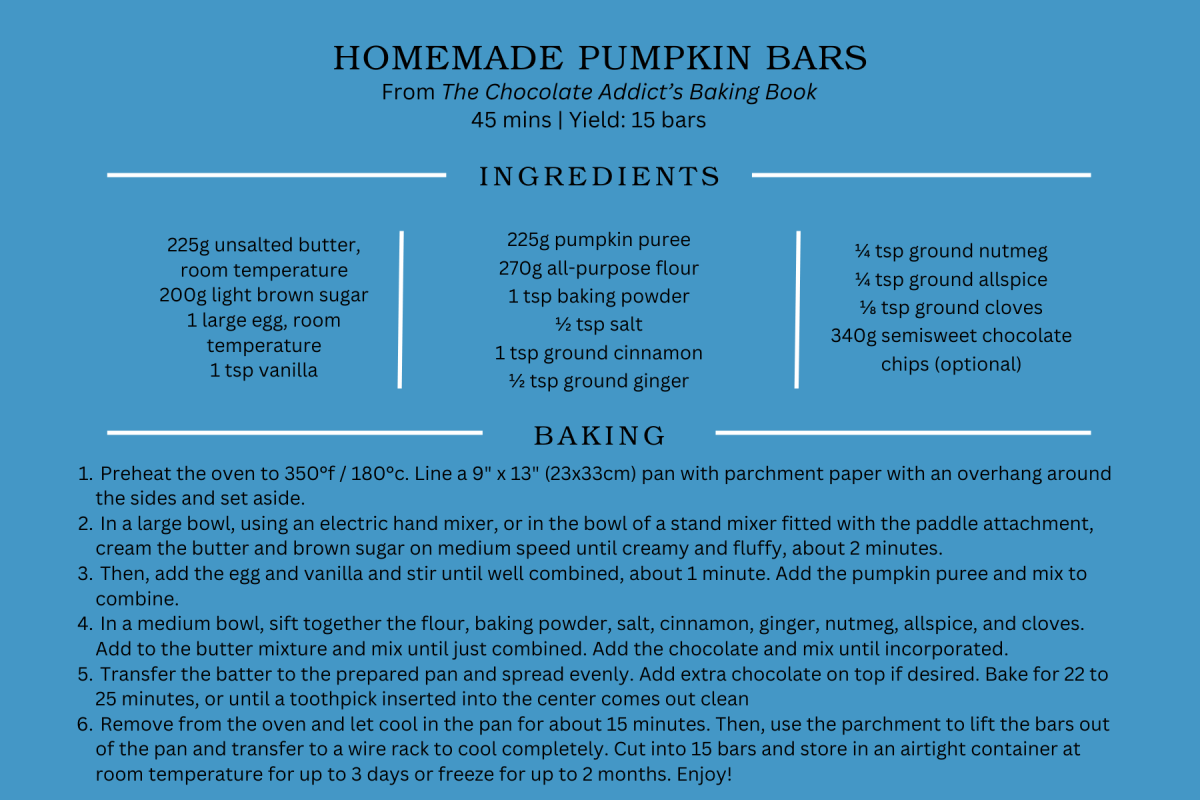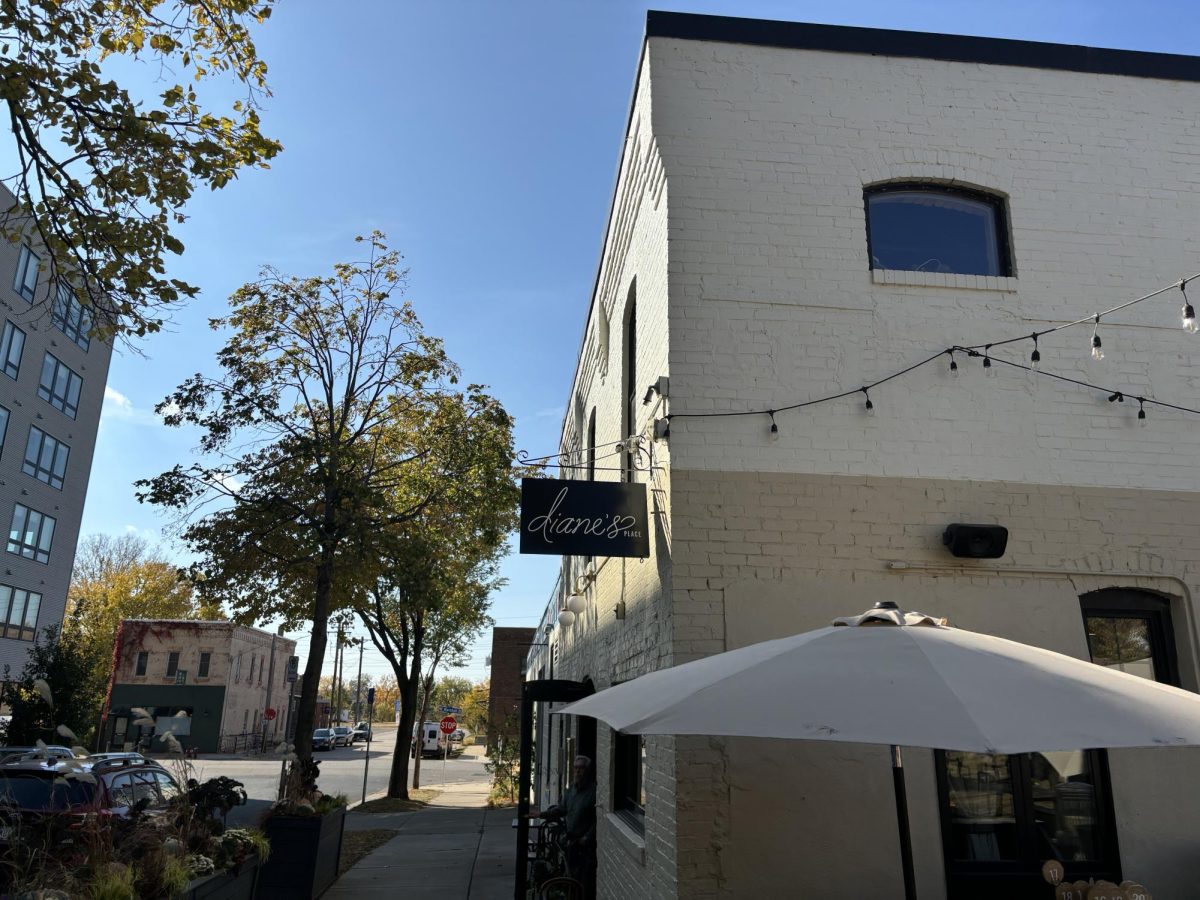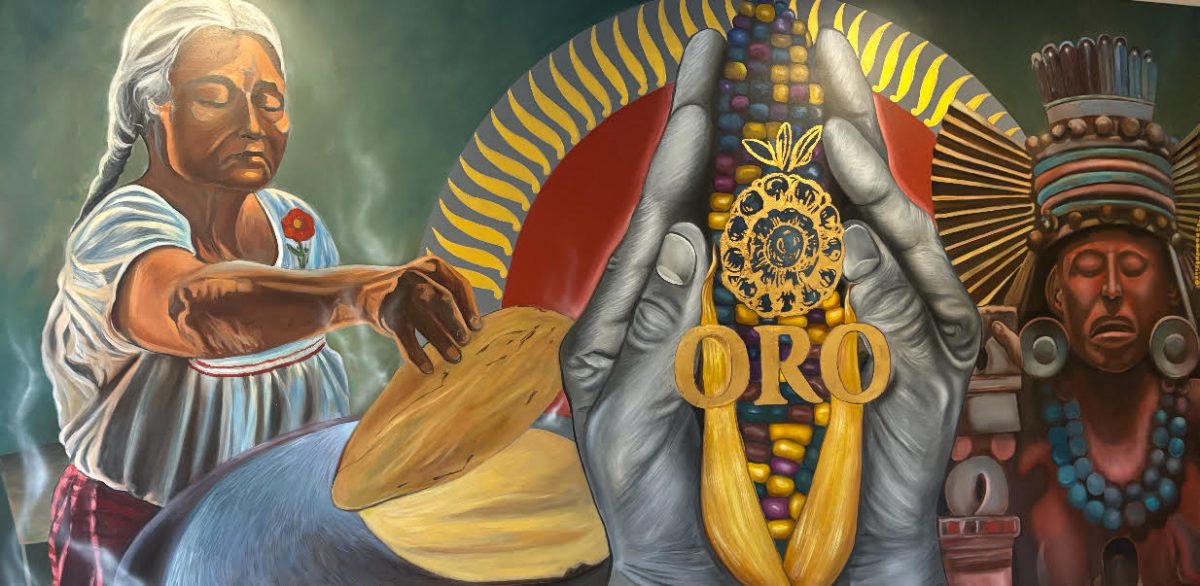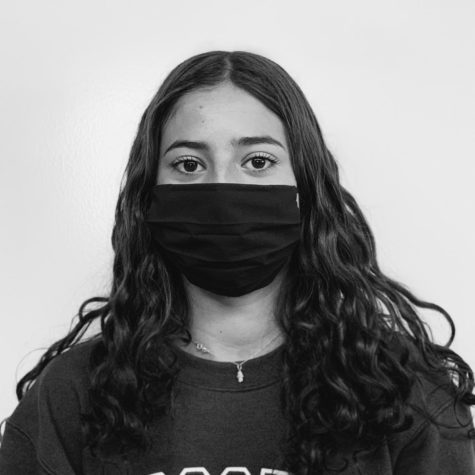Food is a very important part of being Jewish. It allows us to learn about and appreciate the culture and traditions of our ancestors while simultaneously connecting us to Jews around the world. Because of this, we have put together some of our favorite food combinations and family recipes which we have learned about and tried over the years!
Latkes
Emily: Latkes are my least favorite Jewish food however I still eat them anyway, which doesn’t exactly make sense. In simple terms, they are potato pancakes but for some reason, they have a weird texture/taste that I don’t always like even though I do like hashbrowns and other forms of potatoes. Nonetheless, I still eat them and the latkes that Sage and I had were really good. It just depends on the day and where the latke is from.
Sage: I really latkes, but honestly I don’t love them homemade. Trader Joe’s has the best latkes and even when we’ve tried to make them nothing has been better than those. They’re so easy to make and honestly, we eat them even when it’s not Hanukkah.
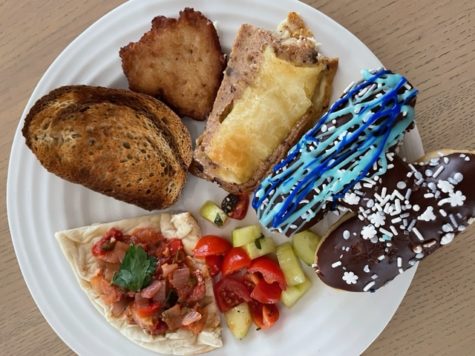
Knishes
Emily: Knishes are puff pastries that can be stuffed with a variety of fillings; however, in my household we only eat them with mashed potatoes inside. My family loves knishes and we frequently eat them for dinner throughout the year even though they are typically only eaten on Rosh Hashanah (the Jewish new year). I love the combination of the crispy puff pastry shell and the creamy mashed potatoes on the inside. It is a great side dish to a variety of foods and by far one of my favorite recipes
Sage: I love knishes and they’re always a huge hit at my family’s Rosh Hashanah dinners. Like Emily said, they’re like mashed potatoes inside of a flakey pastry crust. I’ve never met a knish that I haven’t liked and the combination of flavors is unmatchable.
Challah
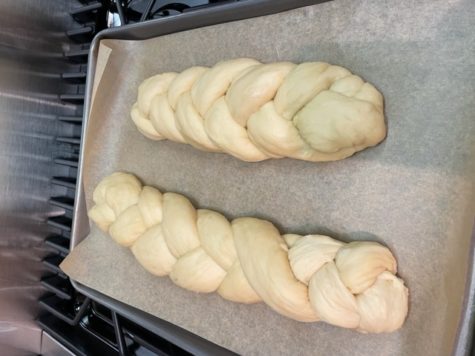
Challah is a Jewish bread typically eaten on Shabbat and other holidays however it can also be eaten on a day-to-day basis. There are a variety of different techniques to make challah but the basic way is to do a three braid.
Sage: Challah honestly isn’t my most favorite food, but it is a staple on the Shabbat table. My cousin also has a company making challahs and adding different spices into her breads to make them a little more interesting. Those I like much better and there are a ton of different flavors like rosemary sea salt or everything spice, which add a fun twist to a Friday night staple. And, challah toast the next morning is always a must.
Emily: I personally enjoy my challah plain, however many people love to switch up their challah by adding additional ingredients such as honey, raisins, cinnamon, or chocolate chips. It’s so soft and it tastes especially yummy when it’s hot out of the oven. I also love making challah sandwiches and challah french toast.
Israeli Salad and Shakshuka
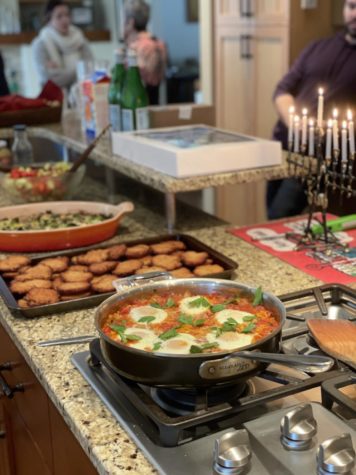
“Israeli salad” is a Middle Eastern salad usually consisting of sliced cucumbers, tomatoes, sometimes onions, parsley, za’atar (a spice made of thyme, marjoram, oregano, sesame seeds and some other herbs), olive oil, and lemon juice. Shakshuka is a dish consisting of a tomato sauce with olive oil, peppers, onions, garlic, spices, sometimes jalapeños or a different spicy pepper, with eggs poached on top.
Sage: We frequently make Israeli salad and shakshuka at my house, oftentimes together. Usually we’ll eat it together with pita. I love shakshuka because it has a lot of good flavor combinations and has smoky notes. Israeli salad compliments and equalizes the flavors super nicely adding a fresh flavor. While nothing can top shakshuka in Israel itself, we’ve found that the “Barefoot Contessa” shakshuka recipe comes pretty close.
Emily: Unlike Sage, my family never makes Israeli salad or shakshuka, however, I have tried it a few times at other people’s houses, my camp, and in Israel. I like Israeli salad because it has so many different fresh ingredients and it pairs perfectly with a wide variety of meals. I also really enjoy the shakshuka because it has many pops of bold flavors with ingredients such as onions, spices, and peppers. Both receive a 10/10 and I highly recommend each dish.
Blintzes
Blintzes are like a crepe filled with various fillings like cheese, apples, blueberries, potatoes. It’s different from a crepe because after the thin pancake is made it is filled and fried a second time in butter or oil to give it a slightly crunchy outside.
Emily: My first time trying blintzes was actually at my summer camp this past year. I had never tried them before but always heard good things about them. If you like crepes you would love blintzes. They are very basic but taste delicious. My favorite filling is the apple filling however I also like the cheese filling. The apple filling reminds me of an apple pie but inside of a crepe. It has the strong apple pie flavors of brown sugar, cinnamon, warm spices, and of course apples which all compliment each other quite well.
Sage: I love blintzes. They remind me of my childhood, where I’d eat them on Saturday mornings or at holiday dinners. While they’re always good homemade, it can be such a hassle to make it all. We’ve found that Trader Joe’s makes really tasty blintzes that can be popped into the oven and then crisped with a little bit of oil or butter, saving so much time while preserving the homey, nostalgic blintz tastes from when I was young.
Rye Bread
“Jewish rye” bread is similar to a classic rye bread, but is a little bit different. Because of various Jewish diasporas across the world, there are different variations on the classic “rye bread.” The biggest differences between an “American rye” and “Jewish rye” is the percentage of wheat flour to rye and caraway as well as the color of the bread. Whereas American rye is a lighter bread with a hint of rye flour, “Jewish rye” has a much higher percentage of rye flour because there was a much lower demand for it which made the flour much cheaper. In addition, the bread has a darker color and sometimes has pumpernickel swirled into it, coining the term “Jewish marble rye” bread.
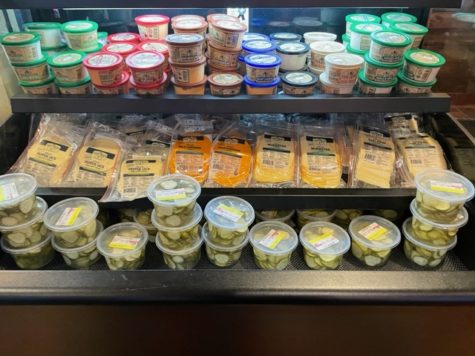
Sage: I love rye bread. I live in a pretty Jewish area and we have a local neighborhood Jewish deli “Crossroads Delicatessen” with delicious marble rye and plain rye bread. My personal favorite is the marble rye since it is a combination of sweet, savory, and nutty in each bite. I love making sandwiches with the bread with turkey or tuna salad, and it’s always good as a toast with some avocado. Just like most of the food here, rye bread is such a staple and reminds me of when I was young and we would pick up Crossroads’ soups and breads for Friday night and Saturday morning. Nothing beats a marble rye bread sandwich for lunch on a Saturday.
Emily: What isn’t there to like about rye bread? Even though some people may say it’s sour, I think that rye bread adds so much to sandwiches, toast, and any other dishes in need of a bread element. As Sage said, it has a deep savory flavor and I also love using it to make sandwiches. Rye bread is much more exciting than your regular old white bread so definitely try rye bread next time you’re planning on making a sandwich.
Charoset
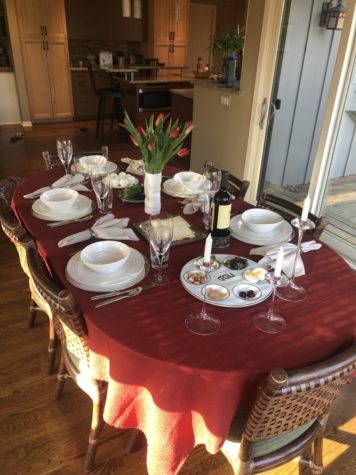
Charoset is usually eaten during the Jewish holiday, Passover. During Passover, we have a meal called the Seder which includes a Seder plate filled with six-to-seven different food items (parsley and saltwater, an egg, a shank bone, matzah, horseradish, charoset, and the recent addition of an orange) which each symbolize an aspect of the Passover story. Charoset is typically made out of apples, nuts, cinnamon, manischewitz wine, spices, and sometimes additional sweet ingredients such as sugar or honey.
Emily: Charoset is my favorite item on the Seder plate. As a picky eater and someone who judges food by the way it looks, charoset isn’t something I would usually try but let me tell you, it is so delicious. The variety of sweet nutty ingredients complement each other and it especially tastes amazing on top of matzah (a cracker/flatbread that is also eaten during Passover).
Sage: I love charoset. While it’s not my favorite on the seder plate (that’s reserved for parsley and saltwater) it’s a close second. It’s sweet, cinnamony, and nutty and a great equalizer for the seder and honestly just as good for the next few days afterwards. Part of the seder is to make a “hillel sandwich” while we read the haggadah (the prayer book for the seder). This is made of matzah, charoset, and horseradish, symbolizing the Israelites exodus from Egypt (the charoset symbolizes the bricks that were used to build the pyramids, the horseradish represents the bitterness of slavery and hardships of life today, and the matzah stands as itself, bread that was baked hastily without time to rise or ferment. Passover, being one of my favorite holidays, is always made better with some good charoset.
Others to try:
If you ever find yourself somewhere that offers matzah ball soup, cabbage borscht, babka, kamish bread, mandelbrot, pastelicos, sufganiyot, matzah brei, kugel, hamantaschen, borekas, rugelach, brisket, cholent, falafel, and apple cake to name a few… give them a try: you may find yourself pleasantly surprised!
